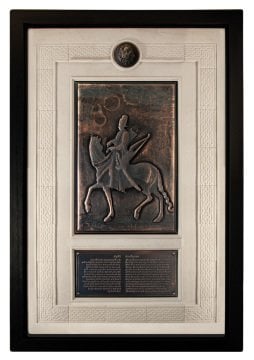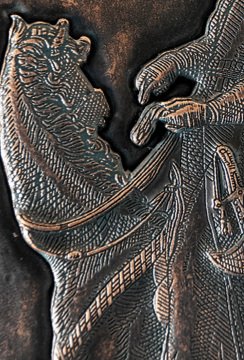Sipahi (Cavalrymen)
Sipahi
In the Ottomans, it was a land-based cavalry class. Although there were sipahi companies within the Kapıkulu quarries, sipahi was primarily a term used for timar cavalrymen, also known as timar soldiers, timar men, state cavalry, and landed cavalry. Most of the timars, which were the smallest of the Ottoman dirliks, which were divided into three as has, zeamet and timar, were given to cavalrymen in return for equestrian service. The Sipahi Class showed hereditary continuity within itself. The most important condition for being a sipahi and getting grooming was to be an ebaanced (from grandfather and father) sipahi.
• The collection created by enriching the relief work with engraving is a first. The works, which are prepared as bronze coating on synthetic polymer, will be produced in a limited number of 600 pieces of each model. The works, whose design registration has been obtained and will be presented with a certificate, refer to the glorious process of the Ottoman Empire, which reigned for 600 years.
cavalrymen
The cavalrymen were in the mounted soldiers'class based upon the timar system in the Ottoman State. While there were cavalrymen squads in the Household Troops; the cavalryman was a term used primarily for the timar holders who were also known as timar soldier, timar private, state cavalryman, and land owner cavalrymen. The grand majority of timars being the smallest of Ottoman Amities which were Proper, Vassalage and Timar were used to be given to the cavalrymen in the exchange of mounted services. Cavalrymen class had a hereditary continuity in itself. The most important condition to be a cavalryman or timar was being cavalryman as "ebaanced/patrimonial” (from grandfather or father).
• The collection created by enriching the relief work with engraving is a first. The works, which are prepared as bronze coating on synthetic polymer, will be produced in a limited number of 600 pieces of each model. The works, whose design has been registered and will be presented with a certificate, refer to the glorious process of the Ottoman Empire, which reigned for 600 years.






